I need to manually solder an exposed-pad QFP Altera FPGA. This is crucial, since the pad is used for electrical purpose (not for thermal purpose)
I have tried the following but failed. I just put solder paste on the pad, then place the FPGA and solder the pins. After that, I use Weller hot station (http://www.rapidonline.com/catalogueimages/module/M300670P01WL.jpg) to head up the bottom, hope that it can melt the solder paste. But it can only burn and damage my PCB without doing the job.
I have conducive epoxy (that needs to mix a/b with 1:1 ratio). If I use that to stick the FPGA to the pad, will it work?
